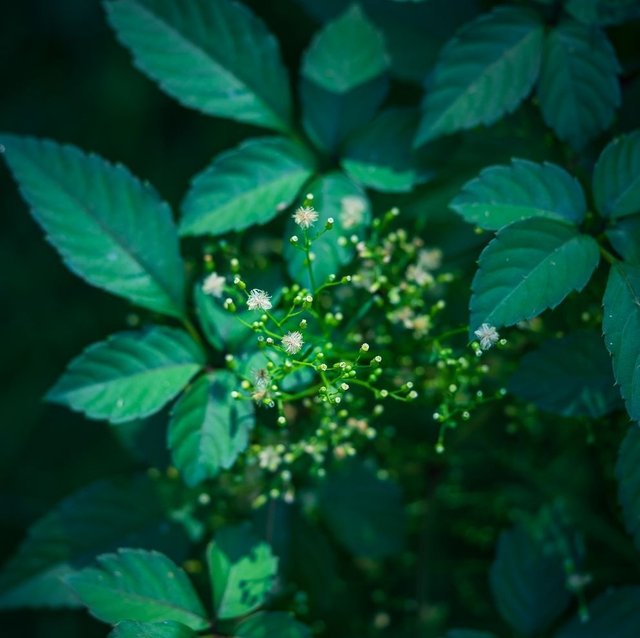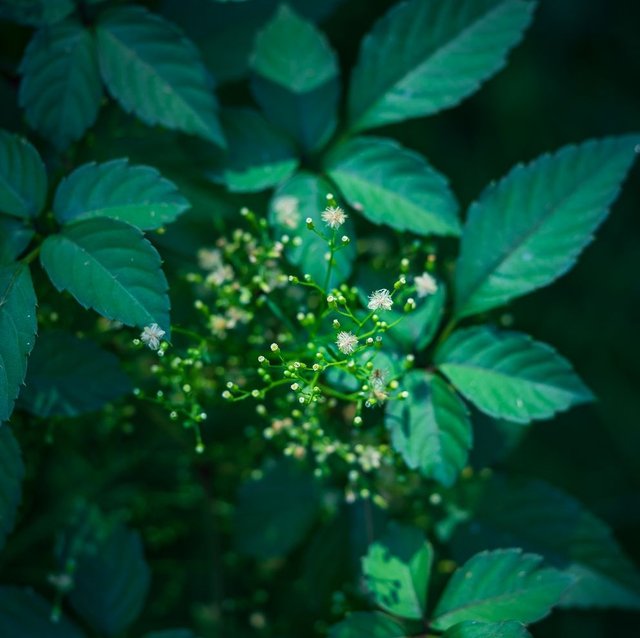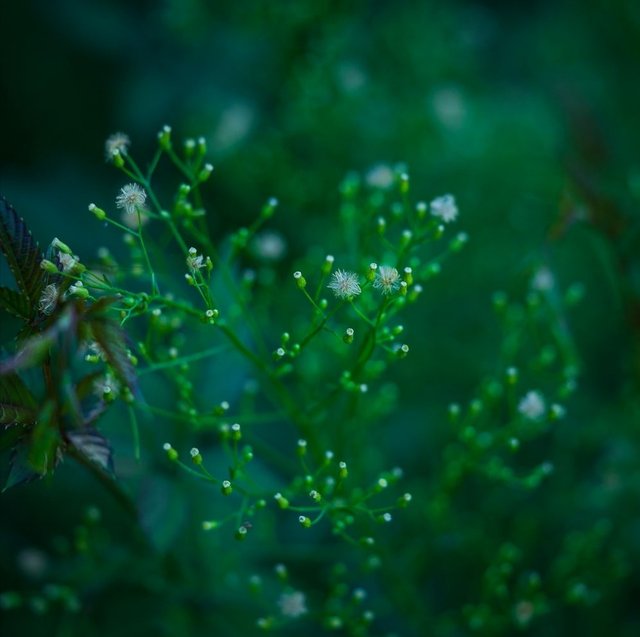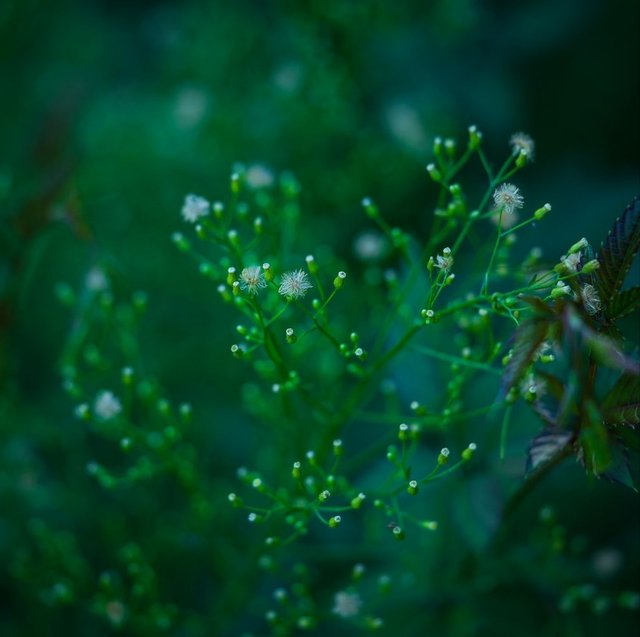So Beautiful Cyanthillium Flower
Cyanthillium: A Comprehensive Overview
Cyanthillium, a genus belonging to the Asteraceae family, is a group of flowering plants that primarily thrive in tropical and subtropical regions. This genus is particularly known for its hardy nature, ability to grow in a variety of environments, and medicinal potential. One of its most recognized species is Cyanthillium cinereum, also known as little ironweed or Vernonia cinerea. The plant is often mistaken for weeds due to its common occurrence in neglected fields, roadsides, and disturbed lands. However, its significance spans both ecological and ethnopharmacological domains.
Taxonomy and Distribution
The genus Cyanthillium falls within the tribe Vernonieae in the Asteraceae family, which is one of the largest families of flowering plants, known for their composite flower heads. Members of the Cyanthillium genus are native to parts of Asia, Africa, and the Americas, though they have spread and naturalized in various regions globally, particularly in the tropics.
One of the most widely distributed species is Cyanthillium cinereum, commonly found across South and Southeast Asia, parts of Africa, and Latin America. This plant thrives in open fields, roadsides, and disturbed soils, indicating its resilient nature.
Morphology
Plants of the Cyanthillium genus are herbaceous perennials, often growing between 30 cm to 1 meter in height. The plants exhibit a distinct upright, branching habit, with long, slender stems that may be slightly hairy. The leaves are typically alternate, simple, and lanceolate in shape, with serrated or smooth margins depending on the species.
The most striking feature of Cyanthillium plants is their small, purple, or pink flowers that bloom in clusters at the end of the stems. Each flower head, like others in the Asteraceae family, is actually a composite of many small florets. The fruits are tiny, dry, one-seeded achenes, each equipped with fine bristles that aid in wind dispersal. These bristles act like parachutes, allowing the seeds to be dispersed over long distances.
Medicinal Uses
One of the reasons Cyanthillium, especially Cyanthillium cinereum, is valued in traditional medicine is its wide range of medicinal properties. In various cultures, parts of the plant have been used to treat a variety of ailments. Let's explore its ethnobotanical significance:
Anti-inflammatory and Analgesic Properties: The plant is traditionally used to alleviate pain and reduce inflammation. In some cultures, leaves are applied as poultices for wounds, cuts, and bruises to reduce swelling and promote healing.




Thanks For Reading
Device Information
| Device | cannon eos 600D |
|---|---|
| Lens | 55-250 zoom leans |
| Location | Myanmar |
